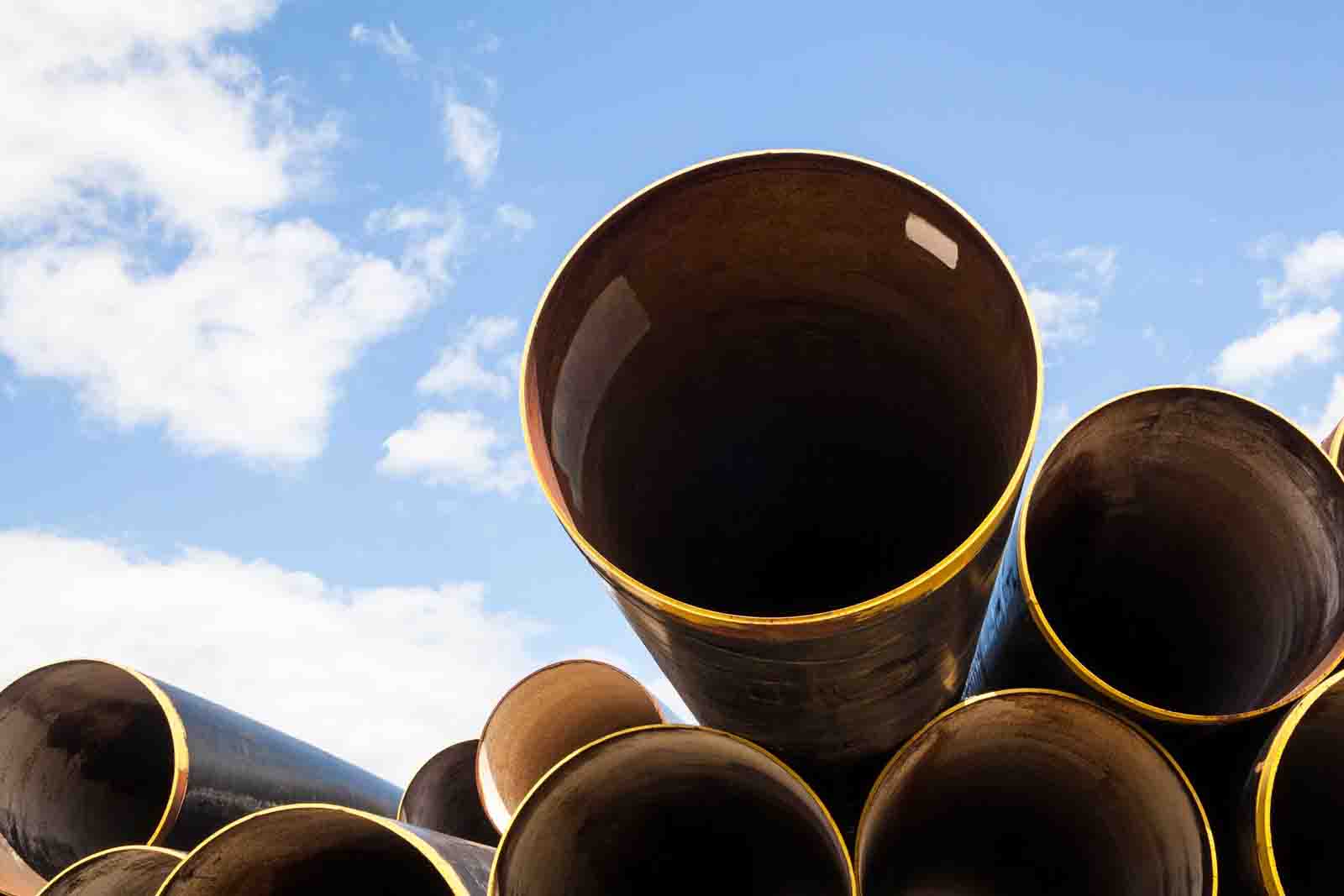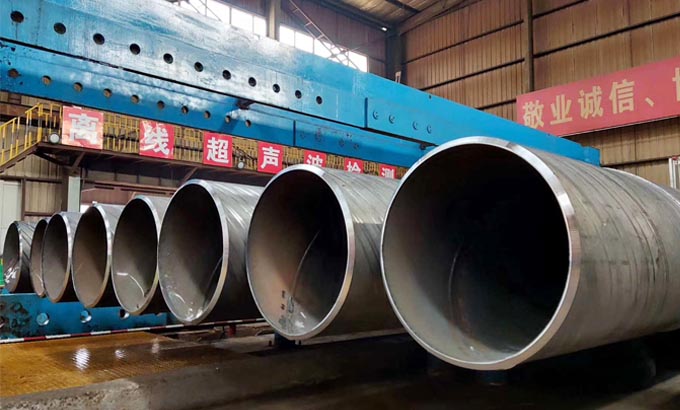Introduction
Steel pipe piles have been used for many years as a foundation element in various construction projects. They are commonly used in the construction of bridges, buildings, and other structures that require a strong and stable foundation. The use of steel pipe piles has evolved over the years, with new technologies and techniques being developed to improve their performance and durability. One of the most significant advancements in the use of steel pipe piles is the transition from traditional steel pipe piles to spiral steel welded pipe piles. This paper will explore the technical transition of steel pipe piles to spiral steel welded pipe piles, including the benefits and challenges associated with this transition.
PDF Downloads:Tubular Pile, pipe piles, steel piles, tubular pipes
Background
Steel pipe piles are typically made from steel plates that are rolled into cylindrical shapes and welded together. They are commonly used in deep foundation applications where the soil conditions are poor or where the structure being built is heavy. Steel pipe piles are typically driven into the ground using a pile driver, which forces the pile into the soil until it reaches a predetermined depth. Once the pile is in place, it provides a strong and stable foundation for the structure being built.
Spiral steel welded pipe piles are a newer technology that has emerged in recent years. They are made by rolling steel plates into a spiral shape and welding them together. Spiral steel welded pipe piles are typically used in deep foundation applications where the soil conditions are poor or where the structure being built is heavy. They are similar to traditional steel pipe piles in many ways, but they offer several advantages over traditional steel pipe piles.
Specification list
| Product Name |
Steel Pipe/Tubular Pile for Dock/Pier/Jetty piling project foundation construction |
| Size |
1) OD: 406mm-1560mm |
| 2)Wall Thickness: 7mm-40mm |
| 3) SCH20,SCH40,STD,XS,SCH80,SCH160,XXS |
| Length |
Up to 75m |
| Usage |
Piling,marine construction, offshore platform, low-pressure liquid delivery, such as water, gas, and oil. |
| Standard |
API 5L PSL1/ PSL2 , ASTM A252, EN10219, AWWA C200, ASTM A53, BS, JIS, etc… |
| ASTM A 53 |
Gr. A, Gr B, Gr C, Gr.D |
| API 5L |
A, B, X42, X46, X52, X56, X60, X65 X70 |
| GB/T9711 |
L175, L210, L245, L290, L320, L360, L290, L320, L360, L390, L415, L450, L485, L555 |
| ASTM A252 |
Gr.1 Gr.2 Gr.3 |
| EN 10219 |
S235JR, S275JR, S355JR, S355JOH, S355J2, S420… |
| Ends: |
1) Bared
2) Black Painted (varnish coating)
3) galvanized
4) Oiled
5) PE,3PE, FBE, corrosion resistant coating, Anti corrosion coating. |
| Technique: |
- Single Submerged Arc Welded (LSAW)
- Double Submerged Arc Welded (DSAW)
- T-JOINT
|
| Inspection: |
With Hydraulic Testing, Eddy Current , inspection by 3rd party. |

Benefits of Spiral Steel Welded Pipe Piles
There are several benefits associated with the use of spiral steel welded pipe piles. One of the most significant benefits is their increased strength and durability. Spiral steel welded pipe piles are made from high-quality steel that is designed to withstand the stresses and strains of deep foundation applications. They are also designed to resist corrosion and other forms of degradation, which can significantly extend their lifespan.
Another benefit of spiral steel welded pipe piles is their ease of installation. Traditional steel pipe piles require a significant amount of time and effort to install, as they must be welded together on-site. Spiral steel welded pipe piles, on the other hand, can be manufactured off-site and delivered to the construction site ready for installation. This can significantly reduce the time and cost associated with the installation process.
Spiral steel welded pipe piles also offer improved performance in certain soil conditions. They are particularly effective in soft soils, where traditional steel pipe piles may be prone to buckling or deformation. Spiral steel welded pipe piles are designed to distribute the load evenly across the entire length of the pile, which can help to prevent buckling and deformation.
Challenges Associated with Spiral Steel Welded Pipe Piles
While there are many benefits associated with the use of spiral steel welded pipe piles, there are also several challenges that must be addressed. One of the most significant challenges is the cost of manufacturing and installing spiral steel welded pipe piles. They are typically more expensive than traditional steel pipe piles, which can make them cost-prohibitive for some construction projects.
Another challenge associated with spiral steel welded pipe piles is their susceptibility to damage during transportation and installation. They are typically larger and heavier than traditional steel pipe piles, which can make them more difficult to transport and install. They may also be more prone to damage during transportation and installation, which can significantly reduce their lifespan and performance.
Conclusion
The technical transition of steel pipe piles to spiral steel welded pipe piles represents a significant advancement in the field of deep foundation construction. Spiral steel welded pipe piles offer several benefits over traditional steel pipe piles, including increased strength and durability, ease of installation, and improved performance in certain soil conditions. However, there are also several challenges associated with the use of spiral steel welded pipe piles, including their cost and susceptibility to damage during transportation and installation. Overall, the transition to spiral steel welded pipe piles represents a positive development in the field of deep foundation construction, and it is likely that their use will continue to grow in the years to come.
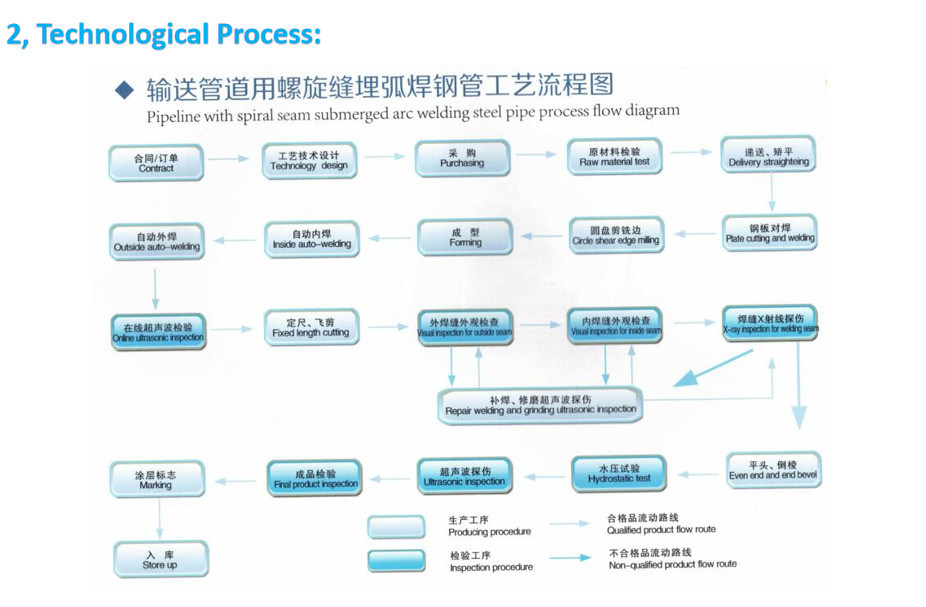
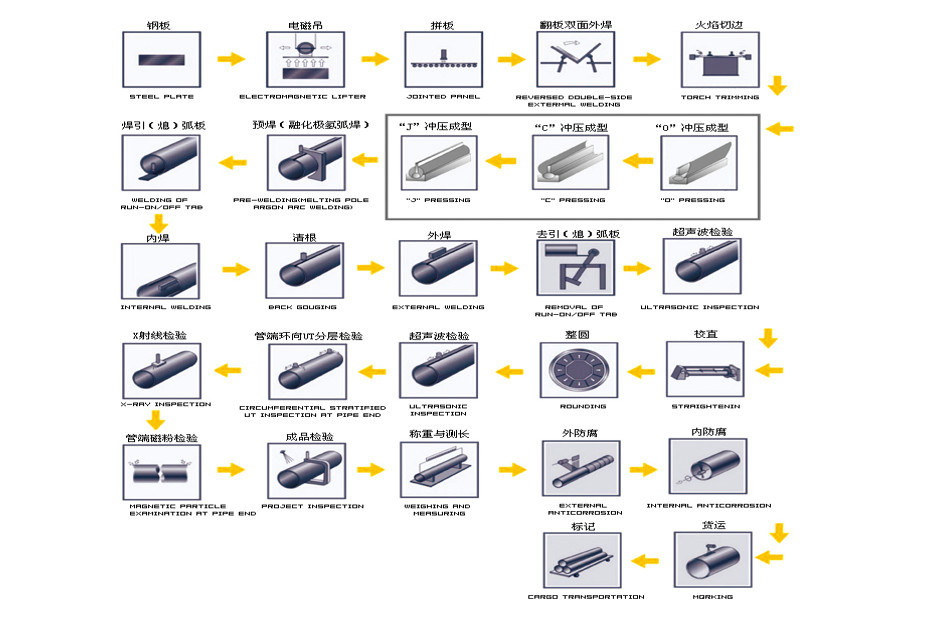
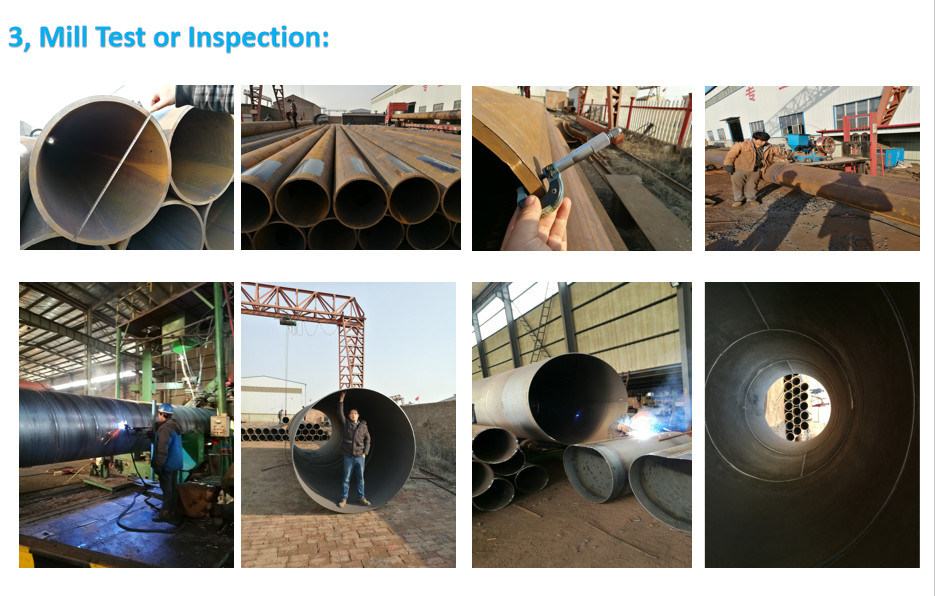
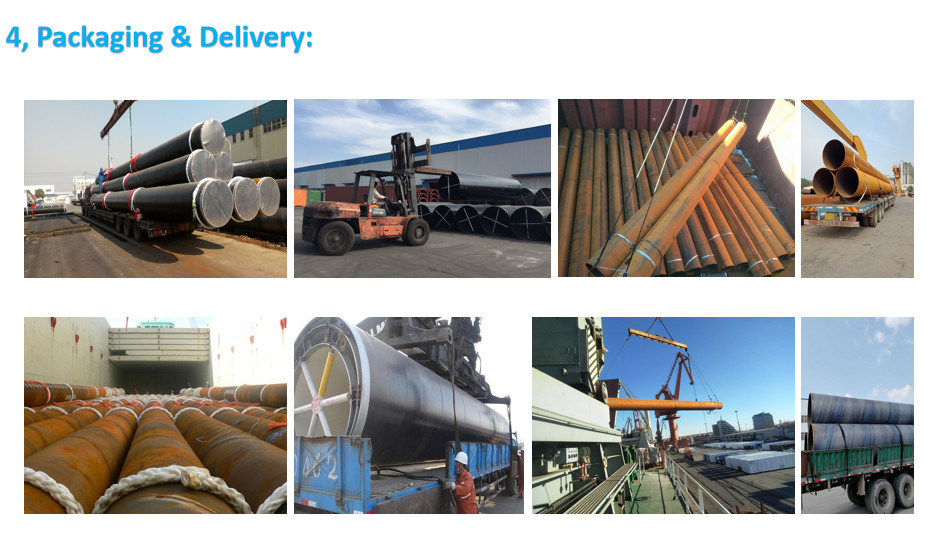
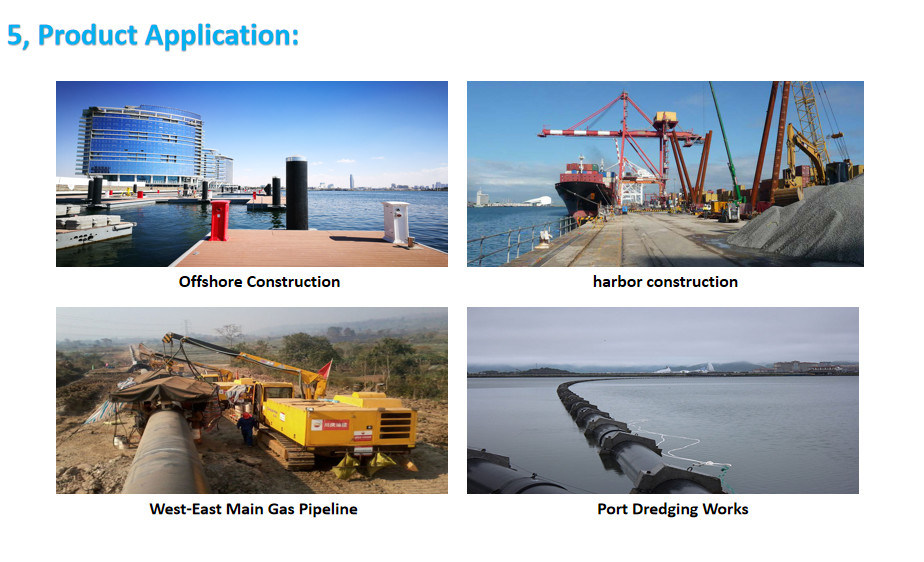
Related Posts
ERW piling pipe | ERW Steel Pipe Pile | Welded ERW for Structure
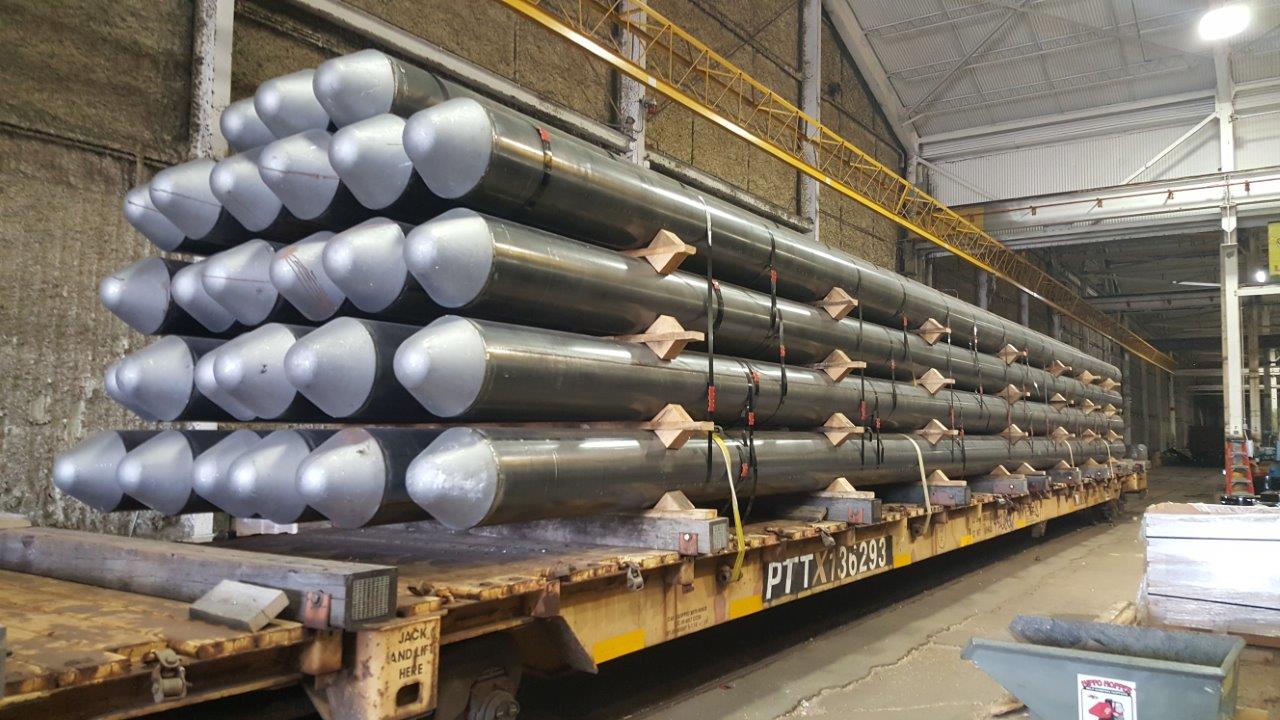
ERW (Electric Resistance Welded) pipe piling is a type of steel pipe that is commonly used in construction and foundation applications, such as in the building of bridges, wharves, and other structures. ERW pipe piling is created by using a process in which a flat steel strip is rolled into a tube shape, and then the edges are heated and welded together using an electric current. ERW pipe piling has a number of advantages over other types of piling, including: Cost-effective: ERW pipe piling is generally less expensive than other types of piling, such as seamless pipe piling. High strength: ERW pipe piling is highly resistant to bending, making it a strong and durable option for foundation applications. Customizable: ERW pipe piling can be manufactured to meet specific size and length requirements, making it highly customizable and adaptable to different project needs.ERW Pipe Piling is available in a range of sizes and thicknesses, and can be produced in lengths of up to 100 feet or more. It is typically made from carbon steel or alloy steel, and can be coated with a layer of protective material to help prevent corrosion and extend the lifespan of the pipe. Versatile: ERW pipe Read more
ASTM A252 Pipe Pile
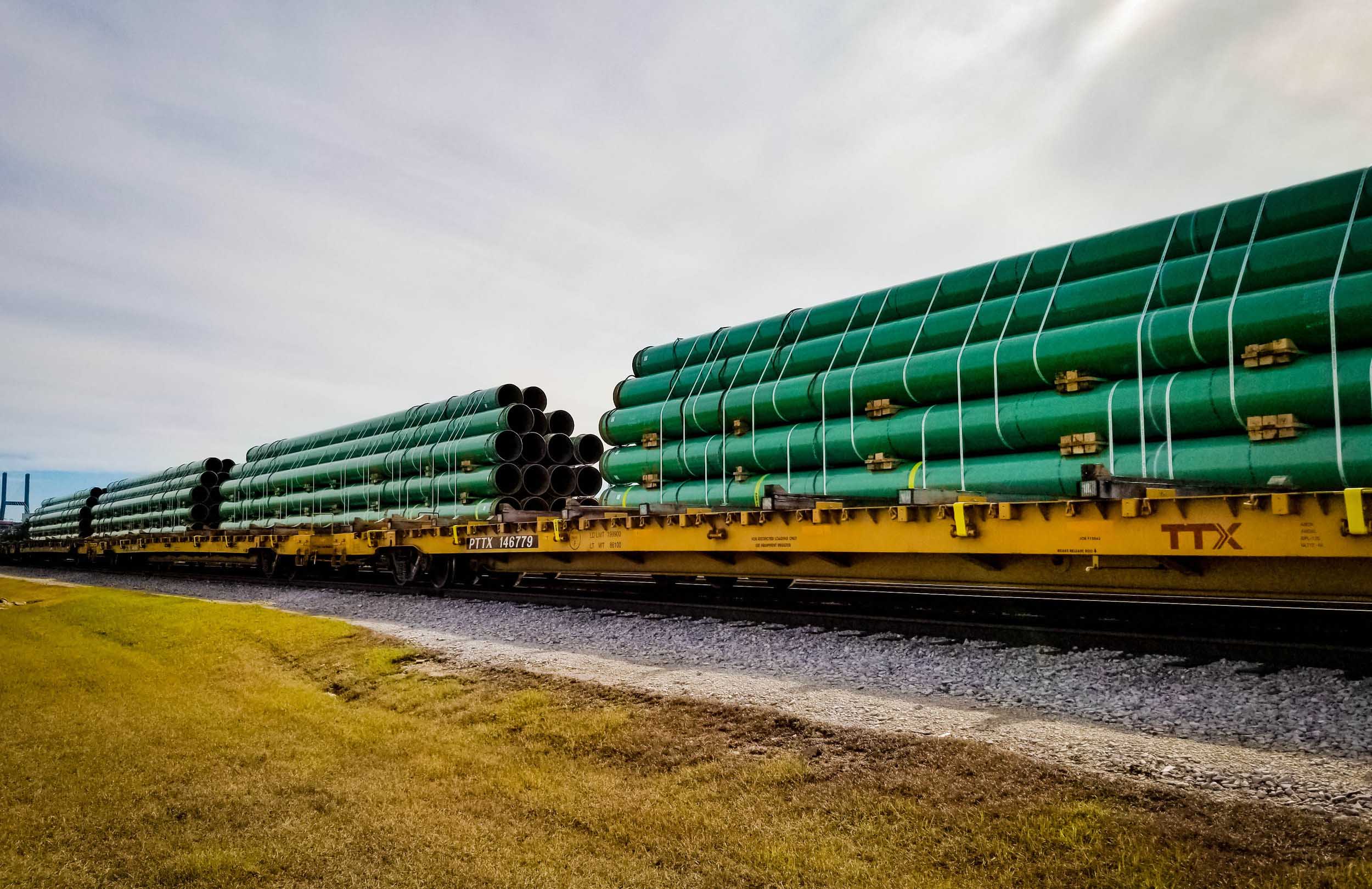
WELDED Steel Pipe Piles (ERW ,LASW, DSAW ,SSAW.) The two most common methods for steel pipe welding are straight seam or spiral seam welding. Welded steel pipes are typically used to transport fluid (water or oil) and natural gas. It is typically less expensive than seamless steel pipe. Both types of welding are applied after the pipe has been rolled, which involves shaping a sheet of steel into the end shape. Straight Seam: Straight seam welded steel pipes are manufactured by adding a welding parallel to the pipe seam. The process is fairly straightforward: Straight seam pipes are formed when a sheet of steel is bent and formed into a pipe shape, then welded longitudinally. Straight seam pipes can be submerged arc welded (SAW) or double-submerged arc welded (DSAW). Spiral Seam: Spiral seam welded pipes are manufactured when hot-rolled strip steel is formed into a pipe through spiral bending and welded along the then spiraled seam of the pipe. This results in the weld length being 30-100% longer than that of a straight seam welded pipe. This method is more commonly used on large diameter pipe. (Note: this method of welding may also be referred to as helical submerged arc Read more
SSAW Pipe Pile | Spiral Weld Steel Pipe Pilings
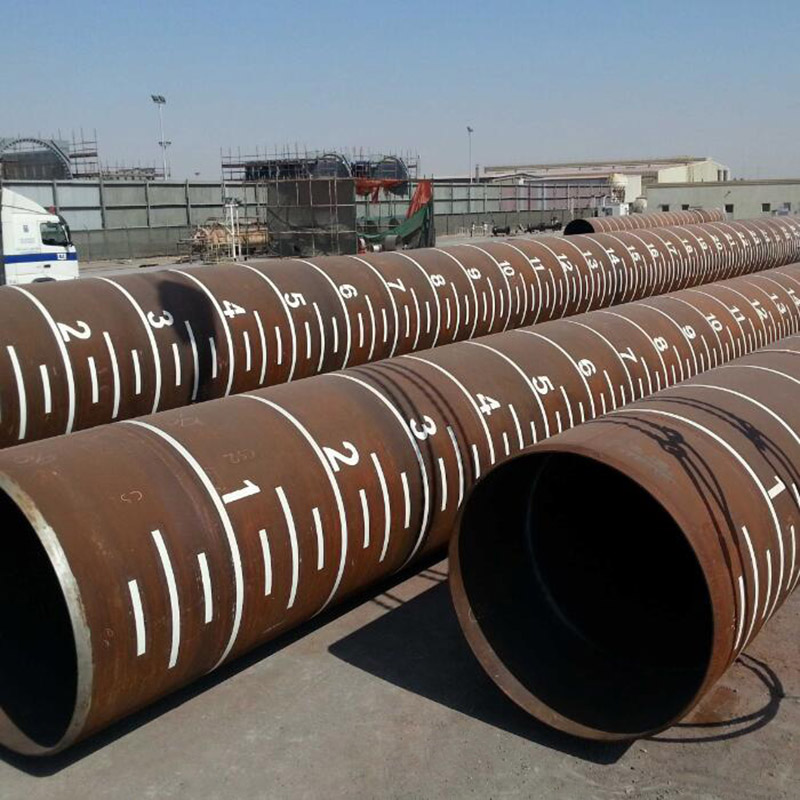
Spiral weld pipe pile, otherwise known as SSAW Pipe pile, is a type of pipe piling product used in the construction of deep foundations. It is made from steel that has been formed into a spiral shape and welded together. It is used in a variety of applications, including bridge foundations, retaining walls, deep foundations for buildings, dams, and other large structures. Spiral weld pipe pile is a high-strength, low-alloy steel pipe made from a combination of rolled steel plates and helically wound steel strips. It is highly resistant to corrosion and has a high strength-to-weight ratio, making it an ideal choice for deep foundations and other high-load applications. The process of creating spiral weld pipe pile begins with hot-rolling a steel plate into a coil. This coil is then fed into a machine which shapes it into a spiral shape. This spiral is then cut into sections and welded together to form a single pipe pile. After the welding is complete, the pipe pile is then heat treated and tested to ensure it meets the desired specifications. Spiral weld pipe pile is a strong and reliable choice for any deep foundation or other high-load application. It is resistant to Read more
ASTM A252 Standard Specification for Welded and Seamless Steel Pipe Piles
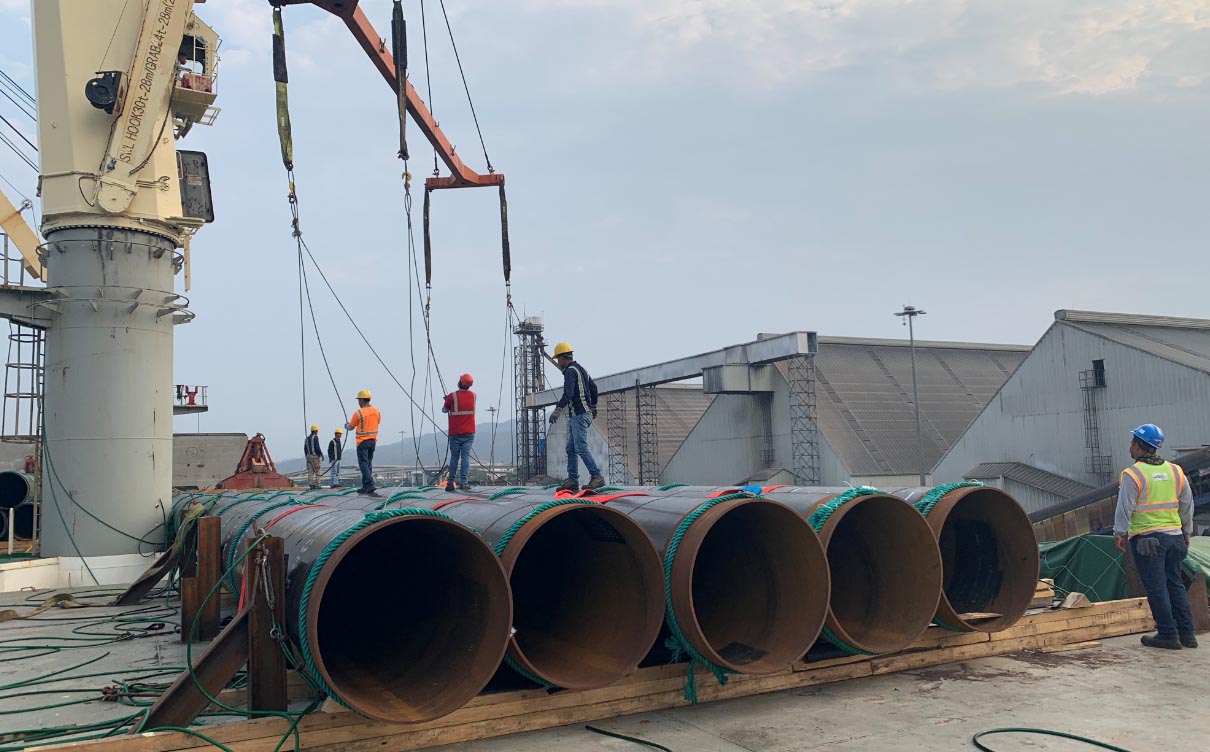
Standard Specification for Welded and Seamless Steel Pipe Piles1 This standard is issued under the fixed designation A 252; the number immediately following the designation indicates the year of original adoption or, in the case of revision, the year of last revision. A number in parentheses indicates the year of last reapproval. A superscript epsilon (e) indicates an editorial change since the last revision or reapproval. 1. Scope 1.1 This specification covers nominal (average) wall steel pipe piles of cylindrical shape and applies to pipe piles in which the steel cylinder acts as a permanent load-carrying member, or as a shell to form cast-in-place concrete piles. 1.2 The values stated in inch-pound units are to be regarded as standard. The values given in parentheses are mathematical conversions of the values in inch-pound units to values in SI units. 1.3 The text of this specification contains notes and footnotes that provide explanatory material. Such notes and footnotes, excluding those in tables and figures, do not contain any mandatory requirements. 1.4 The following precautionary caveat pertains only to the test method portion, Section 16 of this specification. This standard does not purport to address all of the safety problems, if any, associated Read more
Steel Pipe Piles / Steel Pipe Sheet Piles
Steel pipe piles and steel pipe sheet piles have found extensive applications in various construction projects, including ports/harbors, urban civil engineering, bridges, and more. These versatile piles are used in the construction of piers, seawalls, breakwaters, earth-retaining walls, cofferdams, and foundations for steel pipe sheet pile foundations. With the increasing size of structures, deeper water depths, and construction work on sites with deep soft ground, the usage of steel pipe piles and steel pipe sheet piles has expanded significantly.
SAWH Steel Piles and Manufacturing Process
In conclusion, SAWH steel piles and SSAW steel pipe piles are essential components in the construction industry, providing strong and reliable foundation systems. Their unique characteristics, manufacturing processes, and advantages make them suitable for a wide range of applications. Whether it's supporting buildings, bridges, or offshore structures, these piles offer the strength, durability, and versatility required for successful construction projects.











